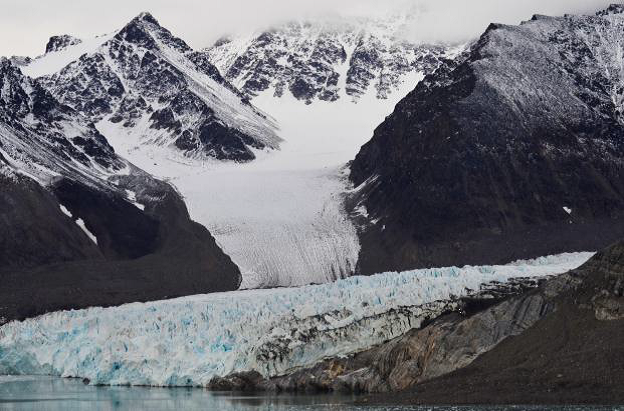Field update from a changing Arctic: Can the past tell us about the future?
Field update from a changing Arctic: Can the past tell us about the future? To try answering these questions, a UiB-led expedition set off on a lake-coring expedition to the still frozen fringes of Northwest Spitsbergen.

Hovedinnhold
The Arctic is warming faster than any other region on our planet. Shrinking sea ice, thawing permafrost and melting glaciers: the writing is on the wall. But what we do not know is whether these changes are unprecedented and what the future may bring.
To try answering these questions, a UiB-led expedition set off on a lake-coring expedition to the still frozen fringes of Northwest Spitsbergen. We found that out the hard way when, ironically, our sailing boat got stuck in supposedly shrinking sea ice: global climate is both complex and fickle.
Our group, a team of researchers from Norway and the US, assembled under the SHIFTS project, took on an ambitious coring schedule, with the bonus of man-hauling equipment from shore to lake. Arctic proxy records are still surprisingly rare, with the
region being in the vanguard of climate change.
The lake sediment cores we are after contain continuous records of Holocene climate variability, providing a context to assess what the future may bring. Instrumental records are snapshots compared to these archives. We apply uniformitarianism with a
twist, using the past as key to the future. Environmental change is registered in the sediments by an ever-expanding range of proxies that often stem from other fields of research. We literally had these different areas of expertise on board, turning our field expedition into a true multi-disciplinary research effort.
The expedition was a success, returning a ship`s length of sediment cores from sites across Northwest Spitsbergen. Geographical coverage of records is of key importance, as it allows us to capture both temporal and spatial dimensions of climate variability. We look forward to welcome our hard-earned cores to the collection of lake records already stored in the bowels of the Realfagbygget. The Early Stage Researchers who joined the expedition are eager to make their mark in science and figure out what these cores can add to the Arctic climate debate.
Willem van der Bilt and Jostein Bakke
